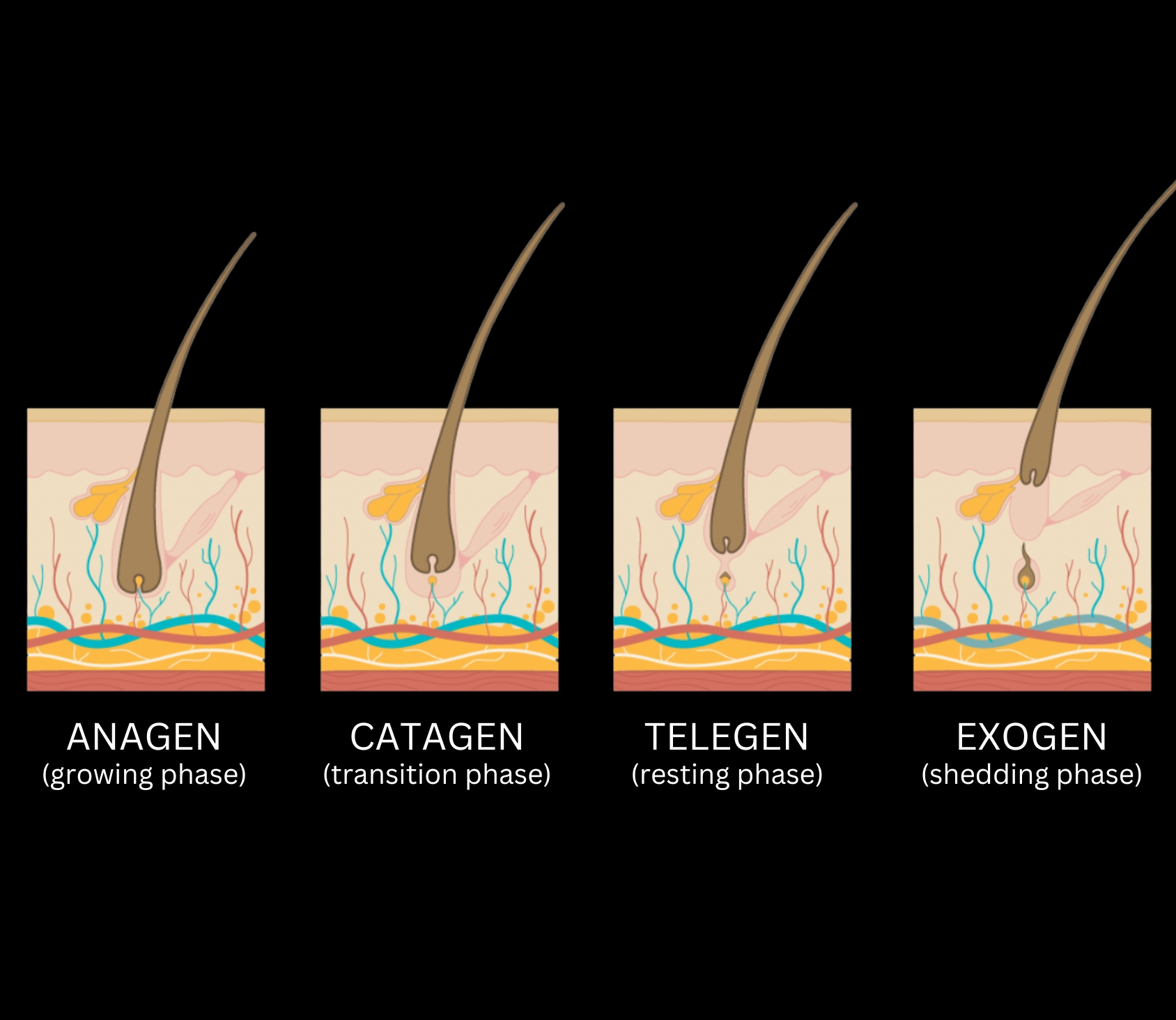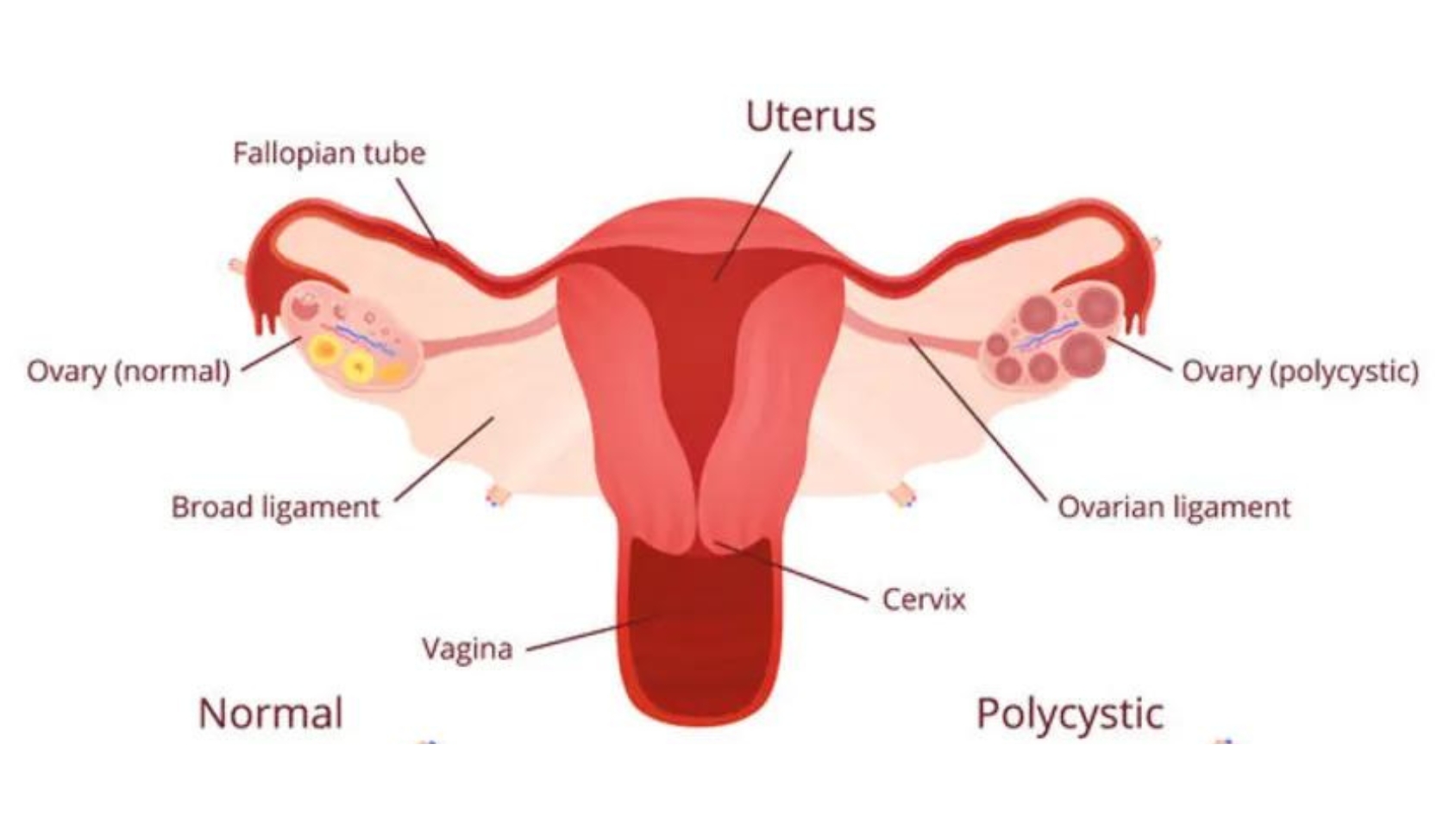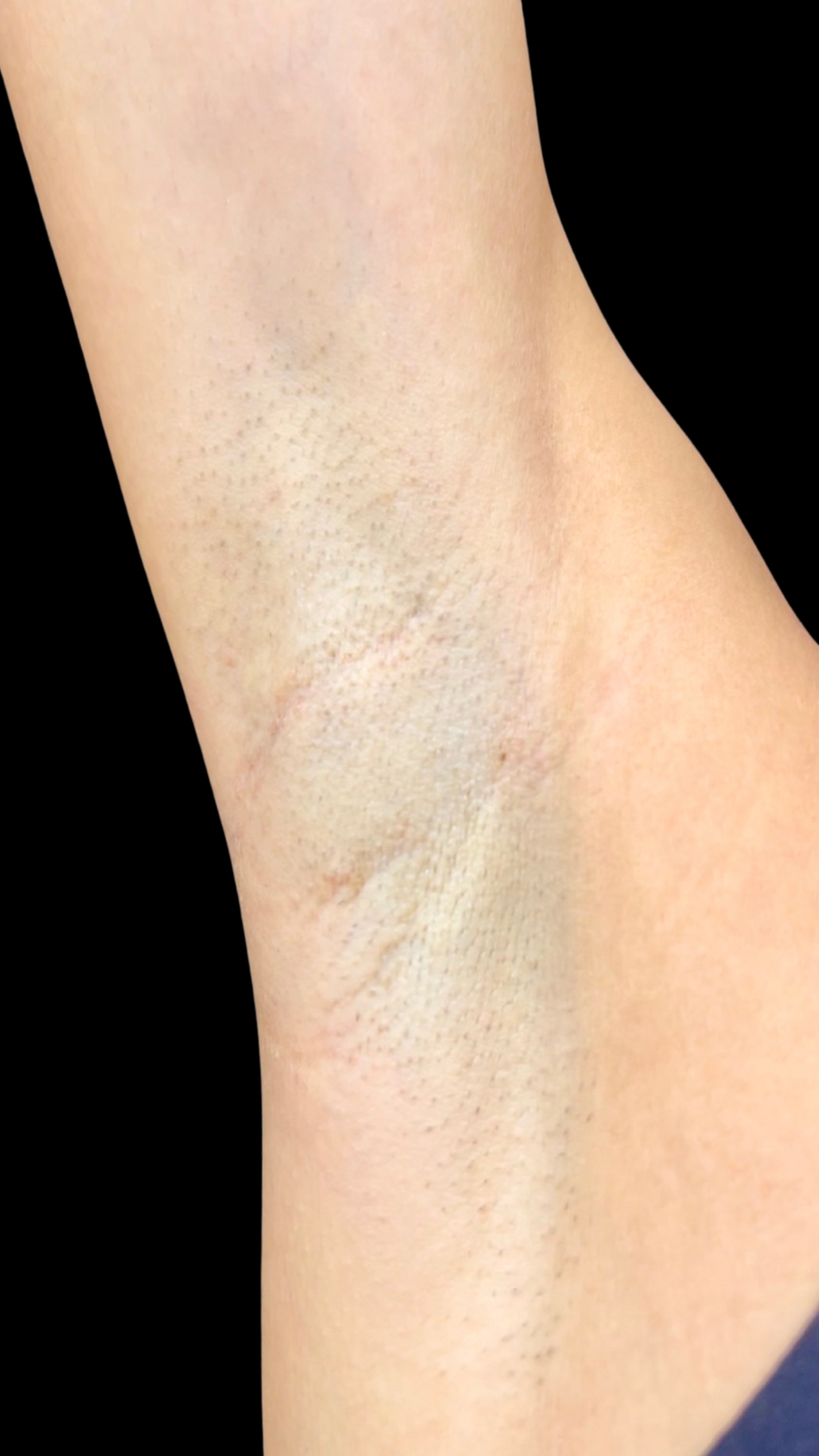
A variety of options for hair removal are available, such as waxing, threading, and shaving, but Laser hair reduction is widely used for men and women. It is a medical procedure that uses a specific laser beam to destroy the hair follicles that produce hair, by converting the energy to heat without causing any damage to the surrounding skin, as it only targets the melanin in the hair.
There are four major hair growth cycles or phases, Anagen/ catagen/ telogen, and Exogen. The laser can only destroy the hair follicles during the anagen phase or growth phase, when the hair is fully connected to the hair follicles, since the hair is detached in the other phases laser hair removal does not affect it. It’s the longest phase, so only around 15% to 20% of the hair would be in this stage during one laser session. This means only 15% of the follicles will be destroyed in each session.
The anagen stage usually lasts about four to six weeks on our bodies, we space sessions every four to six weeks to match the hair growth cycle. Any less than four weeks would be ineffective as there is not enough time for the hair to grow and shed. The best results from laser hair removal are when at least eight sessions are performed and the intensity of the machine is raised slightly higher each time.


– Evaluation at the initial consultation is important, to check the right candidate for the treatment.
– Choosing an appropriate hand-piece or laser wavelength depends on the skin type and hair color as well as hair thickness.
Taking the medical and personal history is essential, as some medical issues can affect the result like Polycystic ovary syndrome (PCOS), hormonal imbalance, history of sun exposure or tanning, keloid, and if taking any medication that will make the skin more photosensitive and could interfere with the treatment.


The laser is FDA approved for hair reduction, not removal, and no procedure can guarantee permanent hair removal, most people can expect 60% to 70% reduction in hair growth.
The number of sessions needed for hair reduction is different from person to person, as the hair growth can be affected by multi factors, such as age, skin type, hormones and genetics.
While this is not a permanent solution it does delay future hair growth, as After the initial full course of treatments there should be little hair regrowth and will require future maintenance sessions to sustain hair reduction. Unsatisfactory Result: Although good results are expected, there is no guarantee on the results that may be obtained, some hair may be resistant to the laser treatment or may grow again after treatment.
– Inform your physician or service provider about any medical issue you have it, or any medication you are applying or taking.
– No waxing, tweezing, bleaching, depilatories or electrolysis prior to treatment.
– Shaving before 12 hours of your treatment.
– Avoid exposing the area to sun or tanning beds.
– Do not apply any perfume, deodorant or powder on the areas which will be treated.
– Avoid Moroccan Bath or extreme rubbing before laser treatment.
– Avoid peeling or cleaning the alkali or peeled creams before 3 weeks.
– Repairing moisturizing cream/gel may be used for a few days after treatment. Improper care of the treated area may increase the chance of infection, scarring or skin textural changes.
– Cold compress may be applied to reduce redness and swelling
– Do not wash the treated area 4-6 hours after procedure and do not apply hot water for 48 hours after procedure.
– Avoid sun exposure 1 to 2 weeks before your session and 1 to 2 weeks after, and use daily proper sunscreen with SPF 50.
– Avoid any kind of skin irritant or use of any kind of peeling at least for 7 days after your session.
– Do not do exercises or vigorous physical activities and avoid hot baths, saunas and excessive alcohol drinking in the first 3 days after the procedure.
– Hair epilation “as by waxing or threading” must be avoided during the course of the laser therapy and between the sessions, only gentle shaving is allowed.
– Short- term side effects “which are temporary and can resolve in a few days or weeks” include: redness, swelling, purpura, blistering and temporary discoloration like hyperpigmentation or hypopigmentation, especially in those with darker skin.
– There are some rare side effects: as scarring, it’s possible if you have a personal or family history of keloid.
– Infection: Although it is unusual, Herpes simplex virus or zoster infections can occur following a laser treatment.
– Paradoxical Hypertrichosis, adverse effect of laser hair removal (LHR), an increase in hair density, color, or coarseness, at or near the treated area, in the absence of any other known causes. Its incidence ranges from 0.6% to 10% and most commonly happens on the face, upper shoulders, and neck. All laser and light sources have the potential to cause hair induction. The treatment for paradoxical hypertrichosis is (laser therapy) of the affected area.
– Complications are rare with proper person selection and treatment parameters.
This article is Medically reviewed by : Dr. Iman Itani MBBS.GP. Aesthetic doctor.

